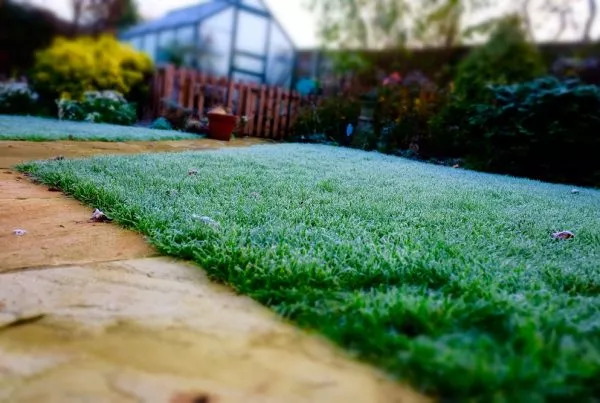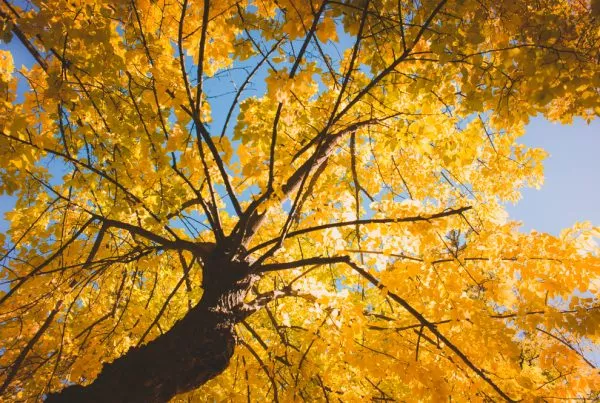The mornings and evenings now have a distinctly chilly feel about them, confirming the calendar’s declaration that autumn is well and truly here. In the garden, the summer flowers have gone, although a few late-flowering plants provide vibrant splashes of colour in contrast to the duller surroundings, and even now the occasional butterfly flutters through on one of the warmer days, in search of a snack. Coal tits, blue tits and long-tailed tits, all of whom have been missing from the garden for the summer months as they foraged in the open countryside, are now returning to the feeders, and a nuthatch also recently paid the peanuts several short visits. In the past, goldfinches and reed buntings have also made an appearance about now, so that will be something to look forward to.
 Another regular autumn visitor has been a grey squirrel, who, having collected up the acorns from our neighbour’s oak tree, has been secreting them away in shallow scrapings around our garden. As soon as he had “planted” all his acorns, he turned his attention to burying peanuts and hazelnuts and has since been visiting the bird feeders to keep himself going until he has to rely on his hidden caches. Blackbirds are now keeping a keen eye on the cotoneaster shrub, which is smothered in bright red berries. It seems that, so far, most of the berries haven’t been ripe enough, so, after sampling one here and there, the birds have fluttered off elsewhere to feed. I suspect, though, that it won’t be long before they will be gorging on them as in past years.
Another regular autumn visitor has been a grey squirrel, who, having collected up the acorns from our neighbour’s oak tree, has been secreting them away in shallow scrapings around our garden. As soon as he had “planted” all his acorns, he turned his attention to burying peanuts and hazelnuts and has since been visiting the bird feeders to keep himself going until he has to rely on his hidden caches. Blackbirds are now keeping a keen eye on the cotoneaster shrub, which is smothered in bright red berries. It seems that, so far, most of the berries haven’t been ripe enough, so, after sampling one here and there, the birds have fluttered off elsewhere to feed. I suspect, though, that it won’t be long before they will be gorging on them as in past years.
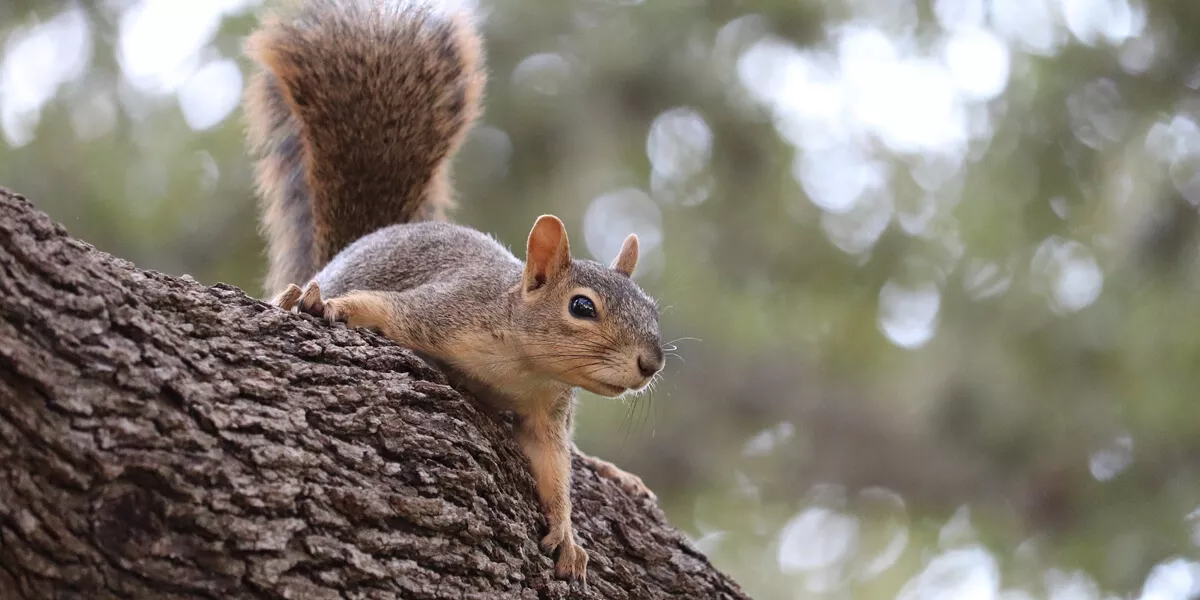
All around us, the trees are changing their coats from various shades of green to a mixture of yellows, oranges and reds, before shaking their leaves free to form a mosaic carpet across the garden. Although there is periodic pressure to clear the mat of leaves from the lawn, those that find their way onto the flower beds and under the shrubs are left in peace to decay. Not only do they ultimately provide a free top up of compost but they encourage a wide range of beetles, worms and other creatures to shelter there whilst feeding on the now redundant leaves. These creatures, in turn, provide rich pickings for hedgehogs who are in the final stages of preparing for hibernation through the inevitably cold days ahead.
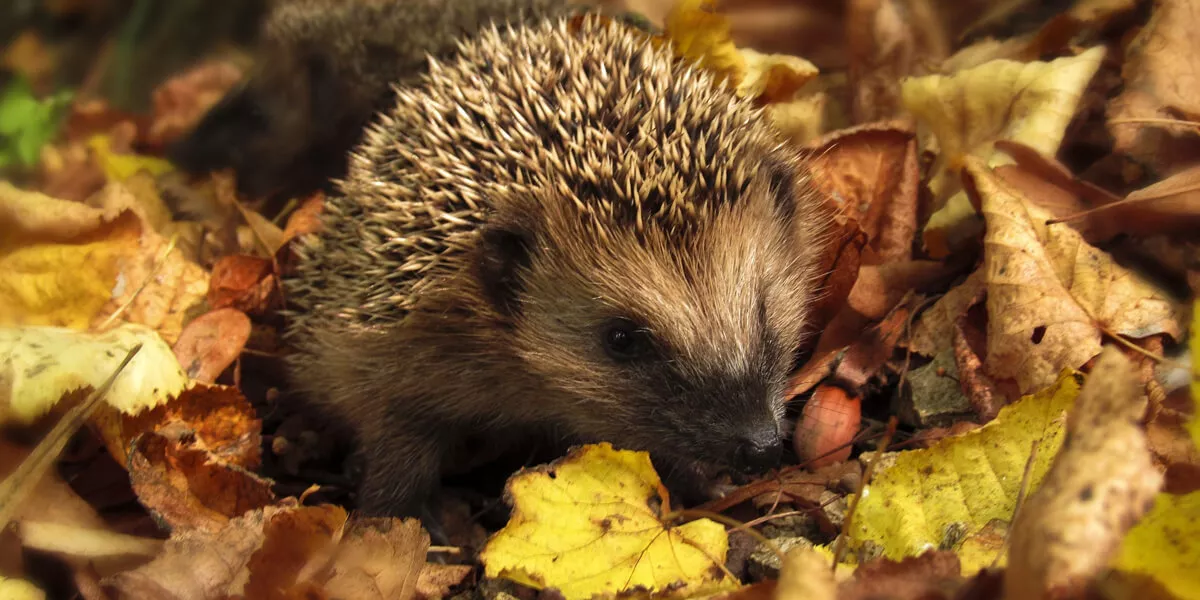
Of course, autumn generally brings a deterioration in the weather, and many parts of the UK are still recovering from Storm Callum, which caused considerable wind and flood damage a couple of weeks ago. Although towns only a few tens of miles away were inundated by overflowing rivers, we were lucky enough to escape almost completely unscathed. Disappointingly though, a low, wooden, garden fence, which our neighbour and we had lavished lots of care upon over the years, yielded to the force of the wind and now lies in pieces. However, every cloud has a silver lining, and we now have an opportunity to replace it with one that requires far less attention, allowing more time to be spent on more enjoyable activities.
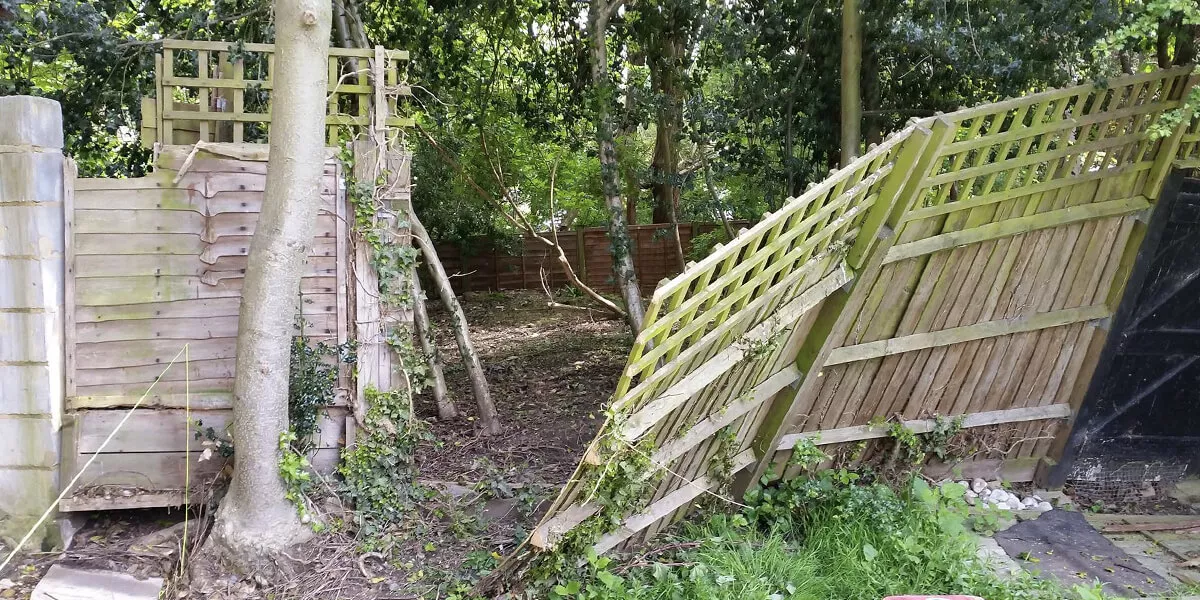
John Pilkington, 66, gardener and nature enthusiast.
Since retiring in 2014 John has been able to find time to indulge his interest in wildlife. John grew up spending summers playing in Richmond Park, helping his dad grow vegetables in the family garden and raising funds through ‘bob a job’ in the neighbourhood gardens. Now living in South Wales he volunteers with a local charity, helping to maintain a green flag reserve and enjoys looking for and photographing wildlife in the garden and in the local country parks. He has two young grandsons who love walking with grandad, stomping in muddy puddles and who already know the names of more birds and wildflowers than your average adult. John loves the fact that ColourFence is an environmentally sound choice, containing recycled materials, and is in itself fully recyclable. ColourFence is not maintained using harmful chemicals and can be installed with minimum disruption to plants and trees and with hedgehog tunnels and hangers for bird feeders.
![Autumn in the Garden [Guest Blogger]](https://d1oaizcbm1zzq4.cloudfront.net/wp-content/uploads/ColourFence_Autumn_in_the_Garden_BlogMAIN.jpg.webp)
